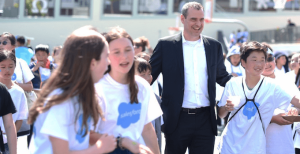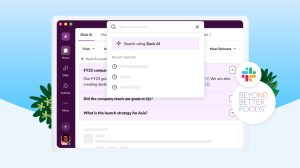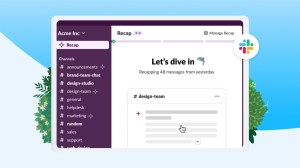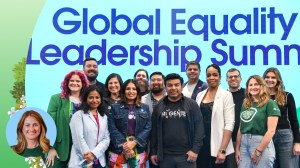As a barometer for how well the world is faring, we should look no further than the Sustainable Development Goals. The 17 goals represent our global to- do list that was agreed upon by 193 countries in 2015. They have a big looming deadline of 2030, but our progress on the goals shows promise. According to the latest SDG Report, we are doing well as individuals, as communities, as educators, as businesses, and as a planet. According to the UN, the percentage of people living in extreme poverty declined from 74% of the population in 1960 to 3% in 2017. Eight out of ten people can read and write now compared to only four out of ten in 1960. In fact, the world is the most educated it has ever been.
But I also learned that progress has been uneven and new problems have emerged. As I listen to the Salesforce.org community of 44,000 nonprofits and educational institutions, I was reminded how much work we still have to do. The UN estimates there are still 1.1 billion homeless people in the world and organizations like Hamilton Families and Habitat for Humanity are working everyday to give shelter and create affordable housing. Did you know that 85% of jobs that will exist in 2030 haven’t been invented yet (IFTF Dell Report)? This creates new challenges to skill, reskill and upskill students of all ages and backgrounds as Indiana University and Dallas County Community College have already realized. Global emissions are reaching record levels and changemakers like the Wildlife Conservation Society and the UN Foundation are scaling up their approach to climate change.
As our community also reminds me, this work is hard. Everyday, they are being asked to do more with less. At the same time, there are rising expectations on the social sector. Marches are being organized with or without us. Businesses want a seat at the table to engage in social impact in a whole new way while partnerships across all sectors are increasingly the only way forward. These growing trends present an amazing opportunity for all of us.
Unfortunately, it also creates an overwhelming demand on already constrained resources. Nonprofits are still battling the overhead myth putting less resources into their operations and management to make way for what donors believe they want to see – more funding to direct services and programs. We also know that 51% of all fundraisers plan to leave their jobs in the next year and 39% don’t plan to come back. In education,we now have 74% of students representing the “new” traditional student (not straight out of high school; not dependent on parents for financial support). This cohort needs holistic support for degree planning and completion but our advisor to student ratios are as high as one advisor for every six hundred students.
So how do we meet these rising expectations while facing these financial, human and infrastructure constraints. How do we create truly human-centered outcomes so we can get to the 2030 goals, now?
I’ve been listening to our customers, partners and communities and I’ve started hearing about a common blueprint for success. This formula for success is exemplified by thousands of nonprofits, educational organizations and philanthropies. It starts with being digital-first so you can engage with your students and constituents in highly personalized and scalable ways. It doesn’t matter if your organization has 8 or 8,000 employees, you can reach 10s of millions of people. Second, your organization needs a unified view of your key stakeholders. Your data should never live in silos between departments but should should exist in a single source of truth. A university should have one view of a student from recruitment to admission to alumni to understand their journey. These two steps will give you real-time actionable insights. The success formula will create a better experience for your constituents and for your students and ultimately offer a virtuous cycle of transformation – it’s always-on. This is our commitment through technology because it will provide tremendous value to our communities. Between 2019 and 2024, technology from Salesforce.org and its ecosystem will create net-new economic benefit of $36.2 billion.
Organizations like the American Cancer Society and Big Brothers Big Sisters are not just meeting the expectations of their donors, they are exceeding them. Trailblazers like University of San Diego are reimagining what’s possible on and off campus while reaching new students in new places. And visionaries like Arizona State University are setting plans for their own sustainable future so they are ready to create lasting change.
The sector most important to changing our world should not be the most vulnerable. They deserve the best tools and technology to get their jobs done and help us check the boxes on 17 goals. The SDG deadline is intimidating and imminent, but not impossible. Our answer lies in future-proofing the sector most likely to deliver on these goals, because their success simply cannot wait.



















